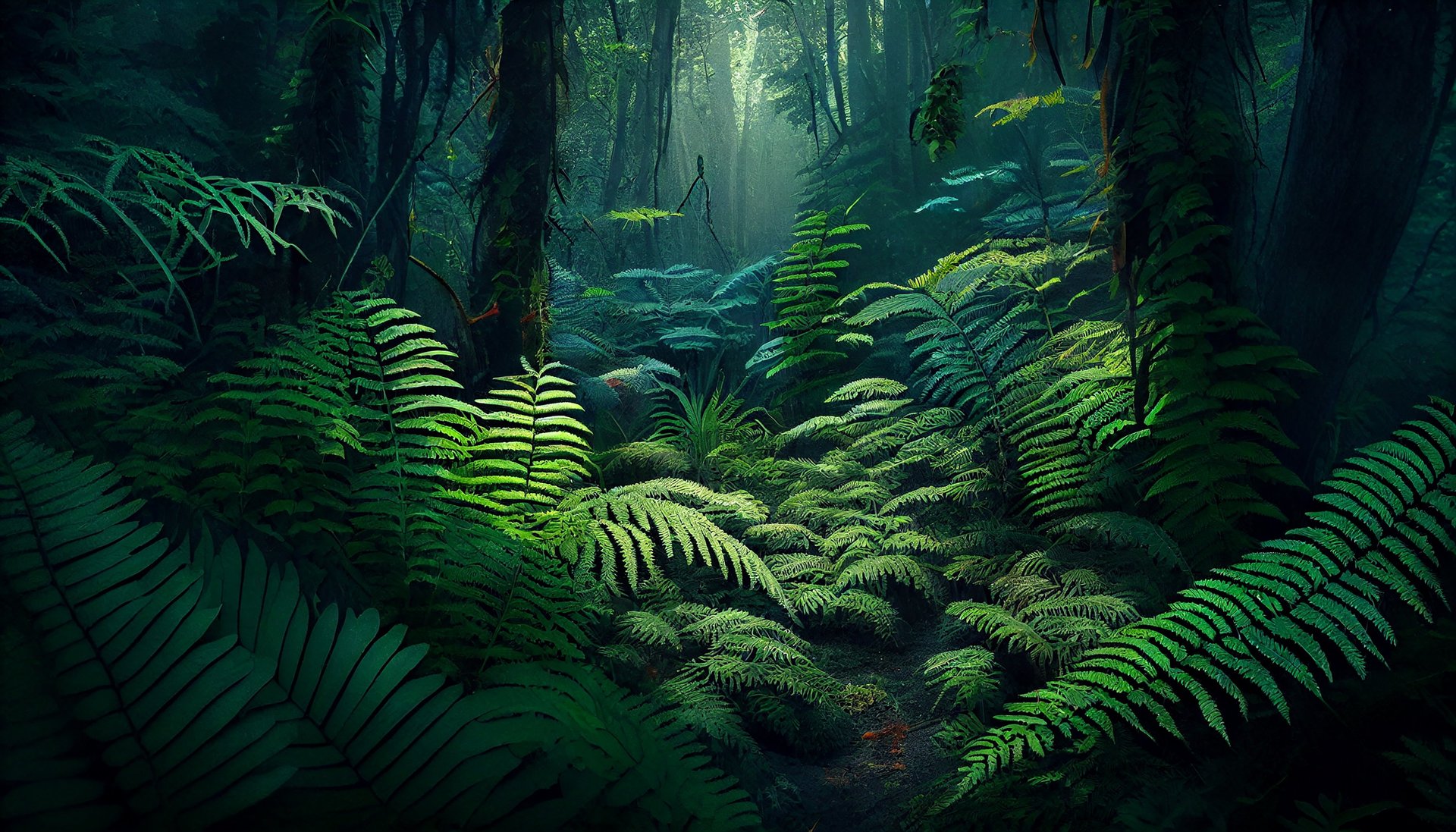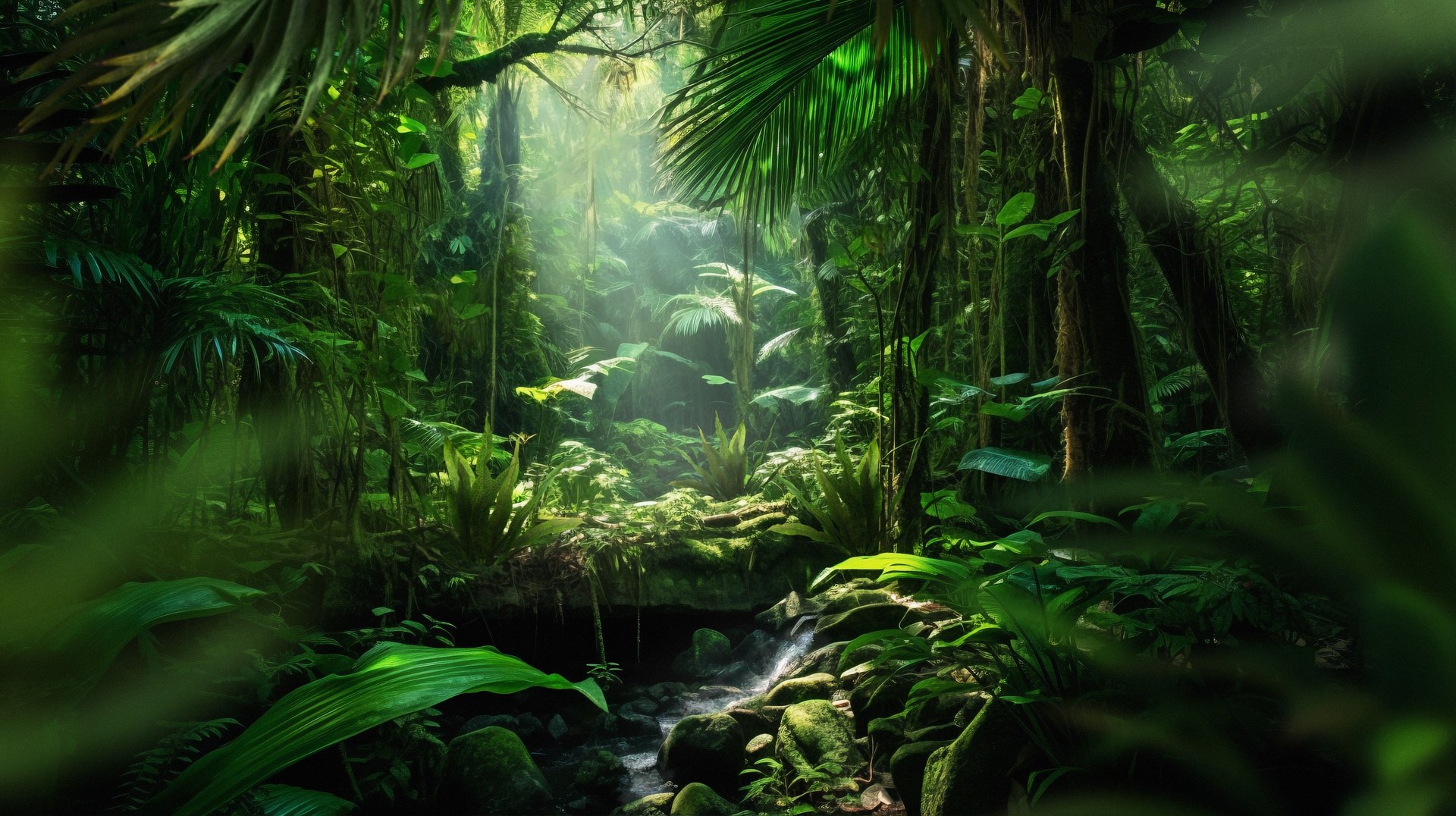
Quimbanda Is Not Demonology
How two Umbanda authors created an artificial enemy
10/2/20252 min read

There is a story that has followed Quimbanda for decades. In it, the streets are dark, the spirits are infernal, and the work is a kind of diabolical theatre. It is a story repeated so often that many have forgotten to ask where it began.
The association of Quimbanda with demonology is not part of the tradition’s own roots. It is a lens placed over it, first by outsiders and later by those within neighbouring traditions who sought to draw sharp lines between their path and ours. Two names stand out in this history: Lourenço Braga, and W. W. da Matta e Silva who under the pseudonym “Antônio de Alva” gave the image its most enduring shape.
In 1942, Braga published Umbanda (Magia Branca) e Quimbanda (Magia Negra), presenting Umbanda as the clean and elevated “white magic” and Quimbanda as its shadowy opposite. It was not theology. It was a social positioning. By setting one as light and the other as dark, Braga gave Quimbanda the role of “black magic” in a drama that had little to do with its lived practice.
Some years later, da Matta e Silva, a respected figure in Umbanda Esotérica, wrote O Livro dos Exus under the name Antônio de Alva. Publicly, he taught a system that blended African roots with Kardecist and Theosophical ideals, refined and acceptable to the middle classes. Privately, under this other name, he painted Quimbanda in grotesque, infernal tones filled with images and language drawn from European demonology rather than African cosmology. He did not attach his name to it. He knew it did not fit with the lofty image he had cultivated. The Kiumbanda grimoire of a European magician who now lives in Brazil is based on Antônio de Alva’s fantasies…
These works did not emerge from the places where Quimbanda lives, nor from the mouths of its spirits. They were products of a particular moment in Brazilian history, when African traditions were reshaping themselves under the pressures of respectability politics and Catholic influence. In that climate, Quimbanda’s raw and immediate ritual life with its fire, its offerings, and its work for those in need could be made to look dangerous simply by comparison.
And so, the image of Quimbanda as a kind of demonology took hold. It spread in books and in whispers, in sensational retellings and in the fascination of those who saw in it an exotic darkness. But this image tells us more about the fears and ambitions of those who created it than it does about the tradition itself.
To understand Quimbanda, we must look past the masks that others have placed upon it. Its spirits are not the angels and devils of European lore. We do not initiate people to demons! Our spirits are rooted in African soil, in the lived history of Brazil, in the work done at crossroads and doorways for those who seek help. They are not bound to the frameworks that Braga and da Matta e Silva borrowed.
I talk about this in detail in Roots and Road - A History and Practice of Quimbanda. The tradition remembers itself, even when others try to rewrite it. And when we listen to the spirits as they are, not as others have imagined them, the old stories fall away and the truth stands clear.

Journey through the Mysteries of the Spirit World
© Mario dos Ventos, 2025. All rights reserved.